Home>Gardening & Outdoor>Outdoor Entertaining>How To Make Gas Fire Pit Hotter
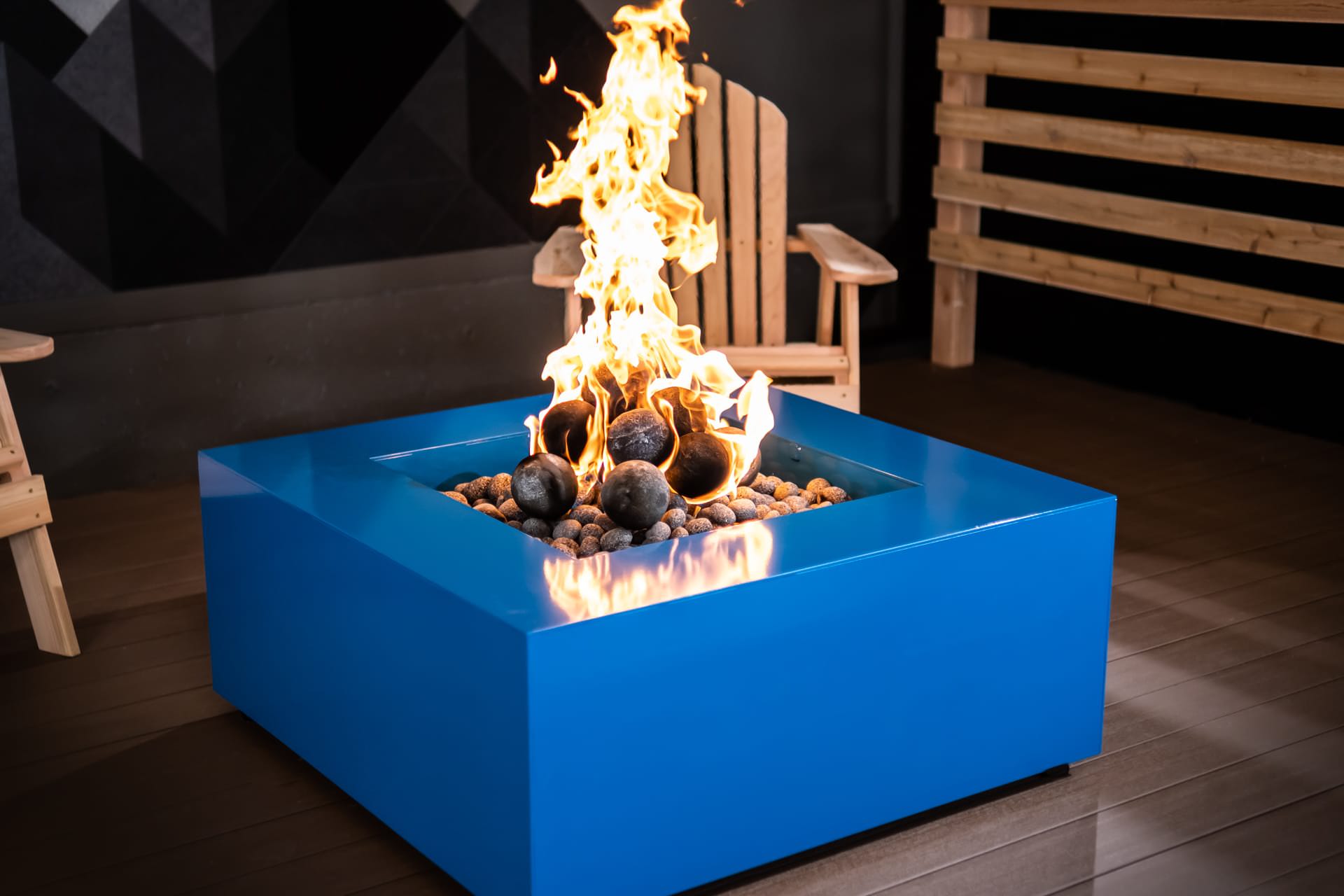

Outdoor Entertaining
How To Make Gas Fire Pit Hotter
Modified: February 7, 2024
Learn how to make your outdoor entertaining area even more inviting with our tips on how to make your gas fire pit hotter. Enhance your outdoor space and create a cozy atmosphere for your gatherings.
(Many of the links in this article redirect to a specific reviewed product. Your purchase of these products through affiliate links helps to generate commission for Storables.com, at no extra cost. Learn more)
Introduction
Welcome to the wonderful world of outdoor entertaining with a gas fire pit! Whether you’re hosting a lively backyard gathering or simply unwinding with loved ones under the stars, a gas fire pit can be the centerpiece of a cozy and inviting outdoor space. However, you may find yourself wishing that your gas fire pit could produce more heat to keep you warm on cooler evenings. Fortunately, there are several effective methods to make your gas fire pit hotter without compromising safety or efficiency.
In this guide, we’ll explore various techniques to enhance the heat output of your gas fire pit, ensuring that you can fully enjoy its warmth and ambiance. From selecting the right fuel to optimizing airflow and utilizing specific fire media, we’ll cover everything you need to know to elevate the heat and create a more comfortable outdoor environment. Let’s dive in and discover how to make your gas fire pit hotter while creating unforgettable moments in your outdoor living space.
Key Takeaways:
- Choose propane for intense heat or natural gas for cost-effectiveness, based on your heating needs and outdoor space. Keep vents clear and protect from wind for optimal airflow and heat output.
- Use fire glass or lava rocks to enhance heat and visual appeal. Regularly clean and maintain your fire pit to ensure consistent warmth and ambiance for outdoor gatherings.
Read more: How To Light A Gas Fire Pit
Choosing the Right Fuel
When it comes to maximizing the heat output of your gas fire pit, the type of fuel you use plays a crucial role. Propane and natural gas are the two primary options for gas fire pits, each with its own advantages in terms of heat production and convenience.
Propane: Propane is a popular choice for gas fire pits due to its high heat output. It burns hotter than natural gas, making it an excellent option for those seeking a more intense and immediate source of warmth. Additionally, propane is stored in portable tanks, offering greater flexibility in positioning your fire pit within your outdoor space.
Natural Gas: While natural gas may not burn as hot as propane, it is a cost-effective and environmentally friendly alternative. If your home is already equipped with a natural gas line, you can enjoy the convenience of a continuous fuel supply without the need to refill tanks. Although natural gas produces slightly less heat than propane, it is still a reliable choice for maintaining a consistent and comfortable temperature around your fire pit.
When selecting the right fuel for your gas fire pit, consider your specific heating needs, convenience preferences, and the existing infrastructure of your outdoor space. By choosing the most suitable fuel type, you can optimize the heat output of your gas fire pit and ensure a cozy and inviting atmosphere for your outdoor gatherings.
Adjusting the Airflow
Optimizing the airflow within your gas fire pit is a fundamental aspect of enhancing its heat output. By regulating the flow of oxygen to the flames, you can effectively intensify the heat generated and create a more robust and consistent source of warmth. Here are some key considerations for adjusting the airflow in your gas fire pit:
- Ventilation Openings: Check for any ventilation openings or adjustable vents on your gas fire pit. These features are designed to control the airflow and can be adjusted to increase the oxygen supply to the flames. By opening the vents slightly, you allow more air to reach the fire, resulting in a hotter and more vigorous flame.
- Wind Protection: Wind can disrupt the natural flow of air to your gas fire pit, potentially reducing its heat output. Consider positioning your fire pit in a sheltered area or using a wind guard to shield the flames from gusts of wind. This simple measure can help maintain a steady and efficient combustion process, ensuring that your fire pit produces ample heat even in breezy conditions.
- Clear Debris: Keep the area around and beneath your gas fire pit free of debris and obstructions. Leaves, twigs, and other debris can obstruct the airflow, hindering the combustion process and diminishing the heat output. Regularly clear the surrounding area to promote unrestricted airflow and maximize the efficiency of your fire pit.
By carefully managing the airflow in and around your gas fire pit, you can harness its full heating potential and create a warm and inviting focal point for outdoor gatherings. Whether you’re enjoying a tranquil evening with family or hosting a lively social event, optimizing the airflow will ensure that your gas fire pit delivers the desired level of comforting warmth.
To make a gas fire pit hotter, try using a higher BTU (British Thermal Unit) gas source, such as natural gas instead of propane. You can also adjust the air intake to increase oxygen flow and create a hotter flame.
Using Fire Glass or Lava Rocks
Enhancing the heat output and visual allure of your gas fire pit can be achieved through the strategic use of fire glass or lava rocks. These specially designed media not only contribute to a more vibrant and captivating flame display but also play a role in maximizing the heat radiated by the fire pit. Here’s how fire glass and lava rocks can elevate the performance of your gas fire pit:
- Fire Glass: Fire glass, also known as fire beads or fire gems, is a stunning alternative to traditional lava rocks. Composed of tempered glass fragments in various colors and finishes, fire glass reflects the flames and creates a mesmerizing, radiant effect. In addition to its aesthetic appeal, fire glass is an excellent heat conductor, efficiently absorbing and radiating warmth. When placed over the burner in your gas fire pit, fire glass can significantly enhance the heat output, ensuring a cozy and inviting atmosphere for outdoor gatherings.
- Lava Rocks: Lava rocks have long been favored for their heat-retaining properties and natural aesthetic. These porous volcanic stones are capable of storing and dispersing heat, making them an effective medium for intensifying the warmth generated by a gas fire pit. By arranging lava rocks over the burner, you can create a more consistent and enduring source of heat, allowing you and your guests to bask in the comforting glow of the fire pit for extended periods.
Whether you opt for the contemporary allure of fire glass or the timeless charm of lava rocks, incorporating these fire media into your gas fire pit can elevate both its visual appeal and heat output. The radiant glow and increased warmth generated by fire glass or lava rocks will undoubtedly enhance the ambiance of your outdoor space, making every gathering a memorable and inviting experience.
Regular Maintenance and Cleaning
Ensuring that your gas fire pit receives regular maintenance and cleaning is essential for optimizing its performance and heat output. Over time, debris, soot, and residue can accumulate within the fire pit, potentially impeding the efficient combustion of the fuel and diminishing the heat radiated by the flames. By incorporating routine maintenance practices, you can uphold the functionality and heat-generating capacity of your gas fire pit. Here are key maintenance and cleaning tips to enhance the heat output of your fire pit:
- Clearing Debris: Regularly remove any debris, such as leaves, twigs, and dust, from the burner and surrounding areas of the gas fire pit. Accumulated debris can obstruct the flow of gas and air, leading to incomplete combustion and reduced heat output. By keeping the burner and its vicinity free of debris, you facilitate an unobstructed flame and maximize the heat generated by the fire pit.
- Inspecting Burner and Ignition System: Periodically inspect the burner and ignition system to ensure they are free of blockages and functioning optimally. Any obstructions or malfunctions in these components can compromise the efficiency of the fire pit, resulting in reduced heat output. Address any issues promptly to maintain the consistent and robust performance of your gas fire pit.
- Cleaning Fire Media: If your gas fire pit is equipped with fire glass or lava rocks, periodically clean and inspect these fire media to remove soot, dirt, or residue. Over time, these materials can become coated with impurities, hindering their heat-conducting properties. Gently rinse or wipe the fire glass or lava rocks to restore their effectiveness in radiating heat and enhancing the warmth of the fire pit.
By incorporating these maintenance practices into your regular routine, you can sustain the optimal heat output and functionality of your gas fire pit, ensuring that it continues to provide a comforting source of warmth for your outdoor gatherings. With proper care and attention, your fire pit will consistently deliver the heat and ambiance needed to create memorable moments and foster a welcoming outdoor environment.
Read more: How To Turn On A Gas Fire Pit
Conclusion
Transforming your gas fire pit into a more potent source of warmth and ambiance is an achievable endeavor that can significantly enhance your outdoor entertaining experiences. By implementing the strategies outlined in this guide, you can effectively elevate the heat output of your gas fire pit, creating a cozy and inviting atmosphere for gatherings and relaxation.
From selecting the appropriate fuel type to optimizing airflow and integrating specialized fire media, such as fire glass or lava rocks, each step plays a pivotal role in maximizing the heat radiated by your gas fire pit. Furthermore, prioritizing regular maintenance and cleaning ensures that your fire pit continues to perform at its best, consistently delivering the comforting warmth and captivating glow that enriches your outdoor living space.
As you embark on the journey of making your gas fire pit hotter, remember that safety and efficiency are paramount. Always adhere to the manufacturer’s guidelines and recommendations for your specific fire pit model, and exercise caution when adjusting airflow and performing maintenance tasks. By doing so, you can enjoy the heightened heat output of your gas fire pit while maintaining a secure and reliable outdoor environment.
Ultimately, the efforts invested in enhancing the heat output of your gas fire pit will be rewarded with memorable moments, whether you’re hosting festive gatherings, engaging in intimate conversations, or simply unwinding in the comforting glow of the flames. With a hotter and more inviting gas fire pit, you can create enduring memories and foster a welcoming outdoor haven for yourself and your guests.
So, ignite the flames, bask in the warmth, and savor the enchanting ambiance of your revitalized gas fire pit as you embrace the joys of outdoor entertaining to the fullest.
Frequently Asked Questions about How To Make Gas Fire Pit Hotter
Was this page helpful?
At Storables.com, we guarantee accurate and reliable information. Our content, validated by Expert Board Contributors, is crafted following stringent Editorial Policies. We're committed to providing you with well-researched, expert-backed insights for all your informational needs.
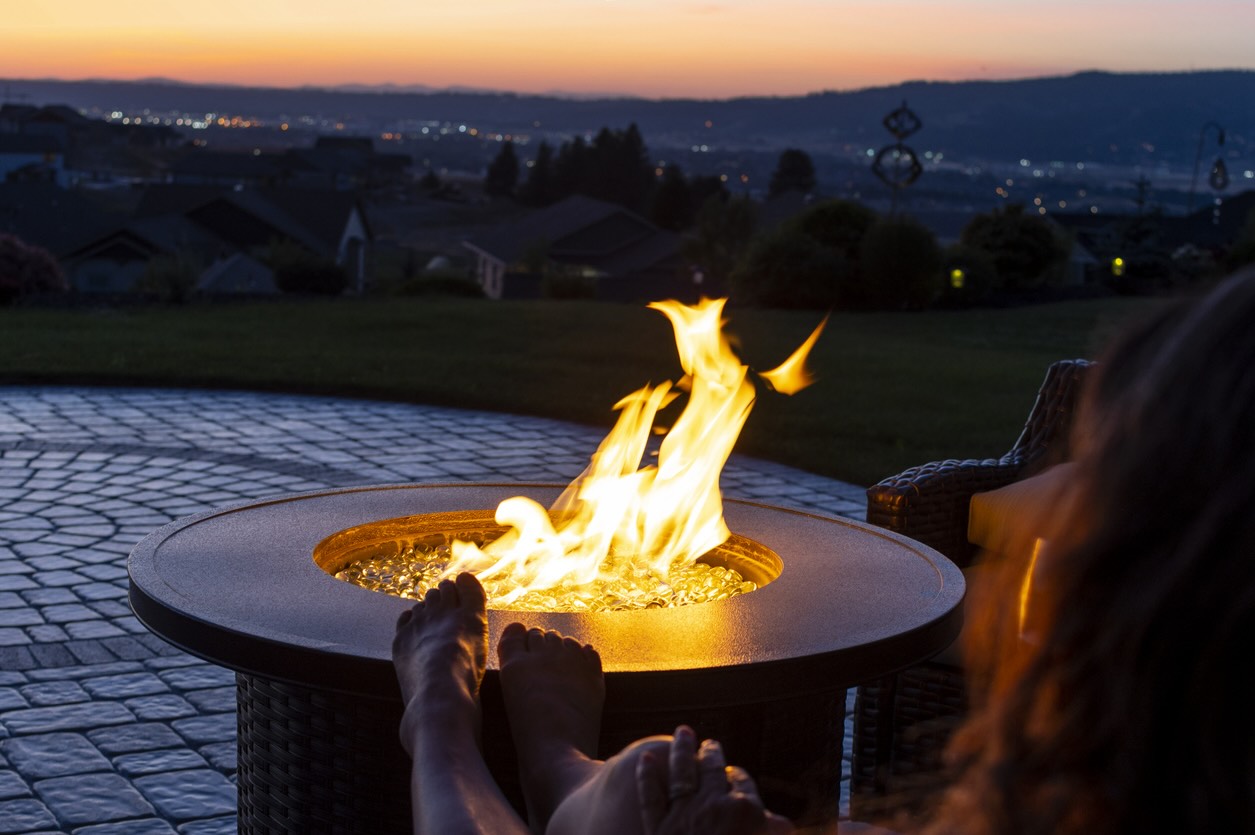
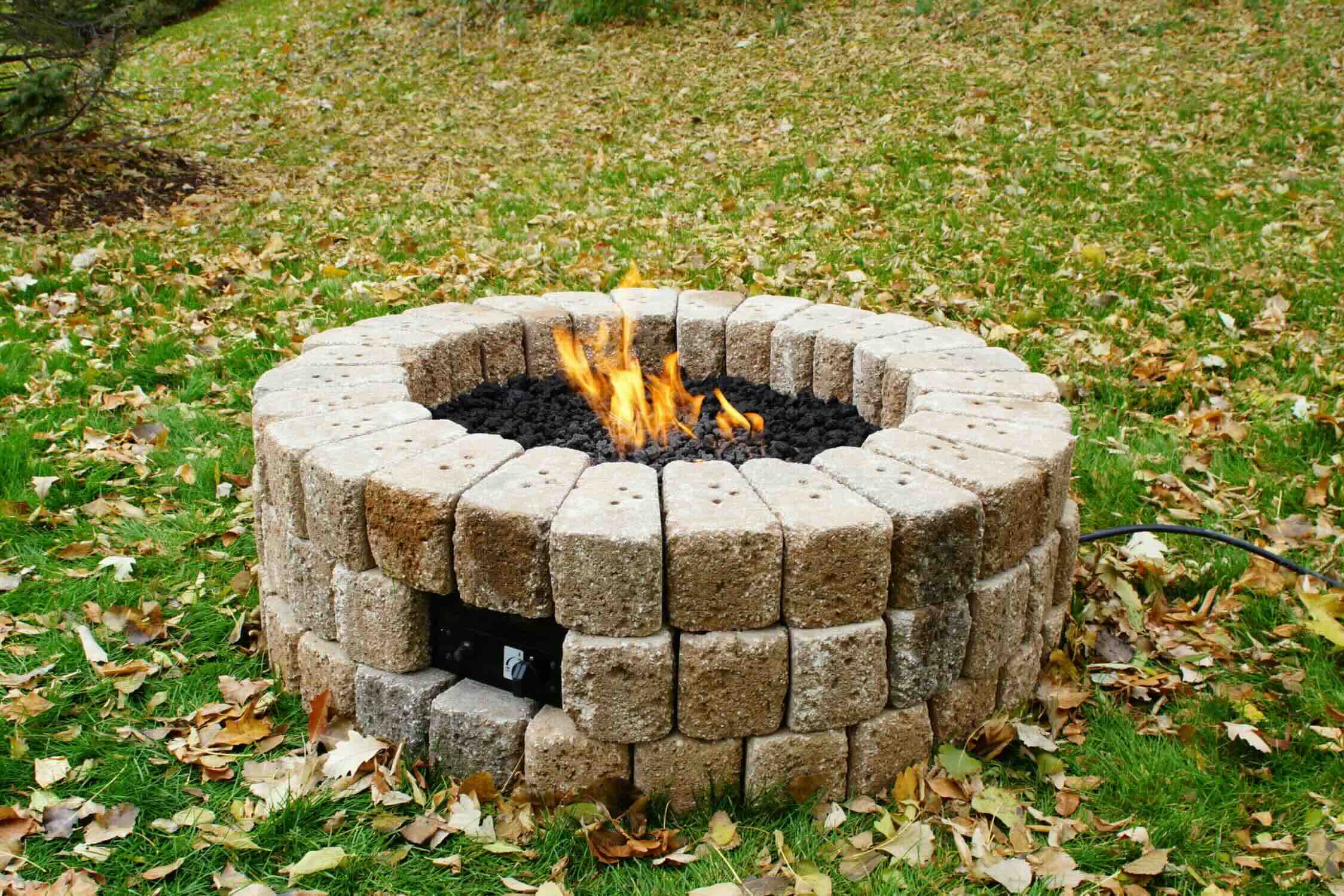
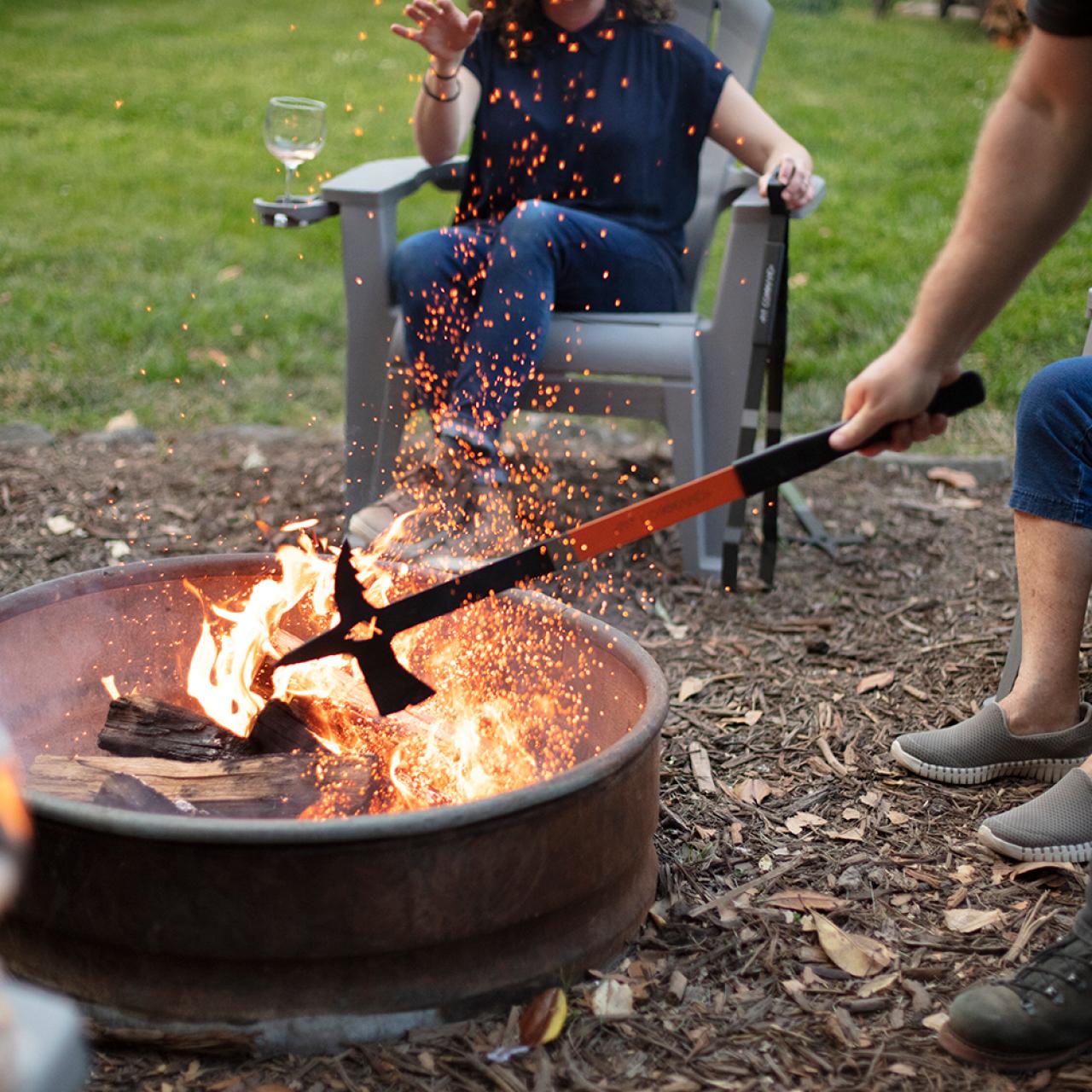
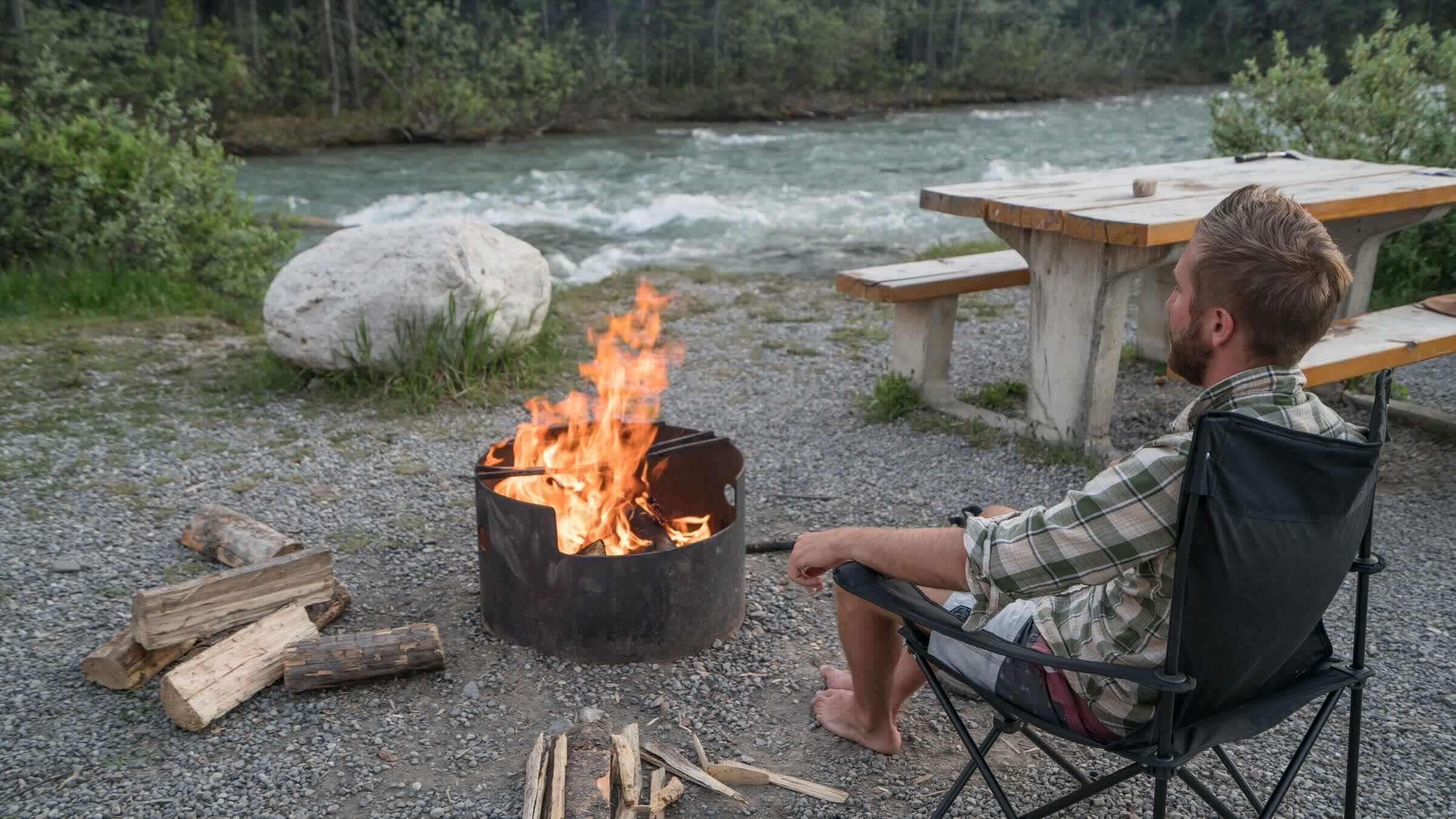
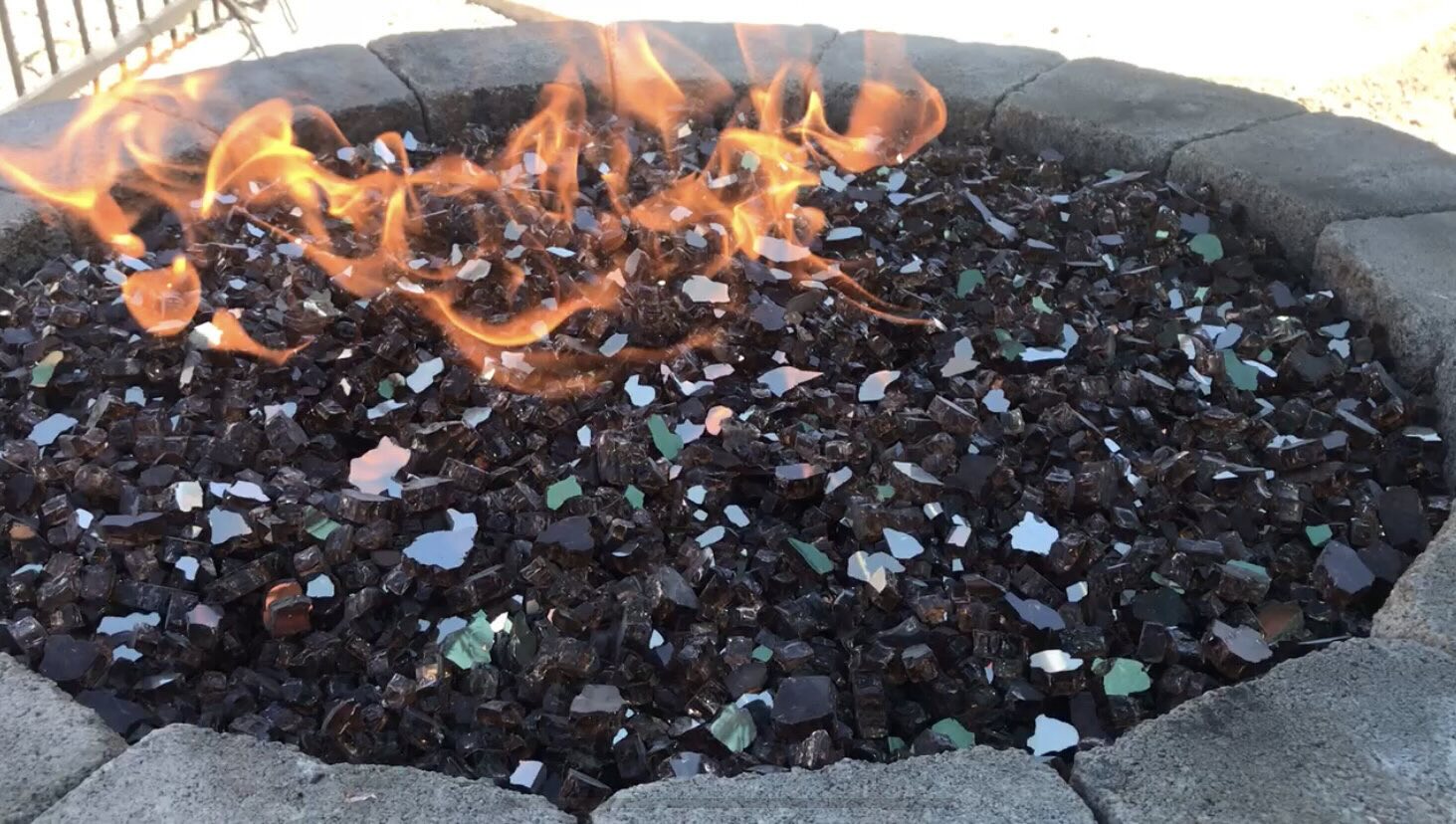
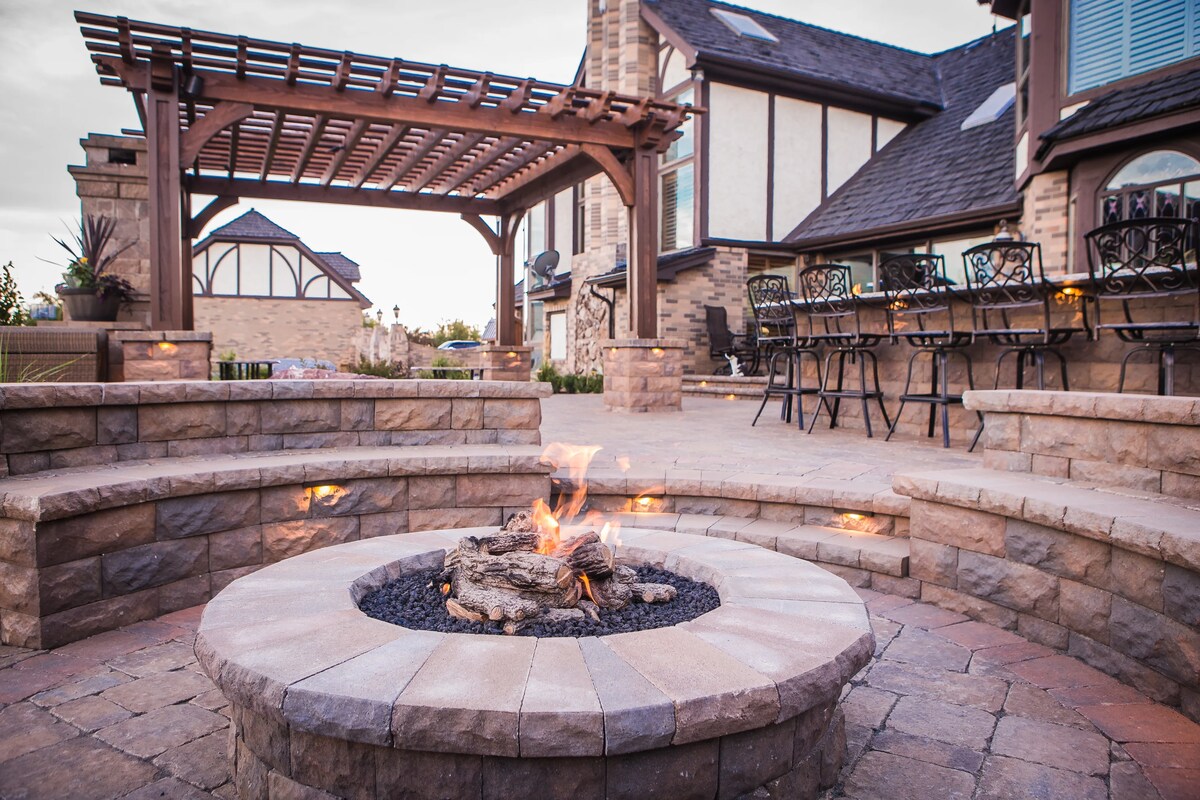
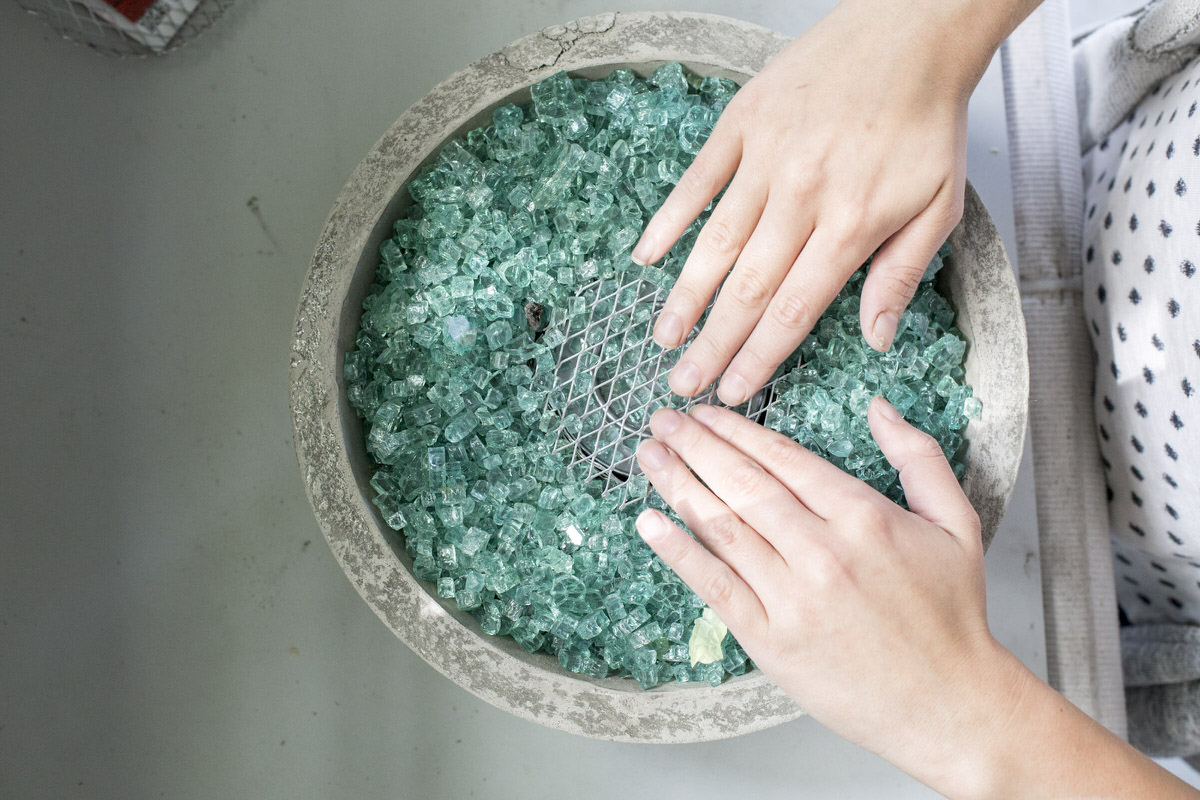
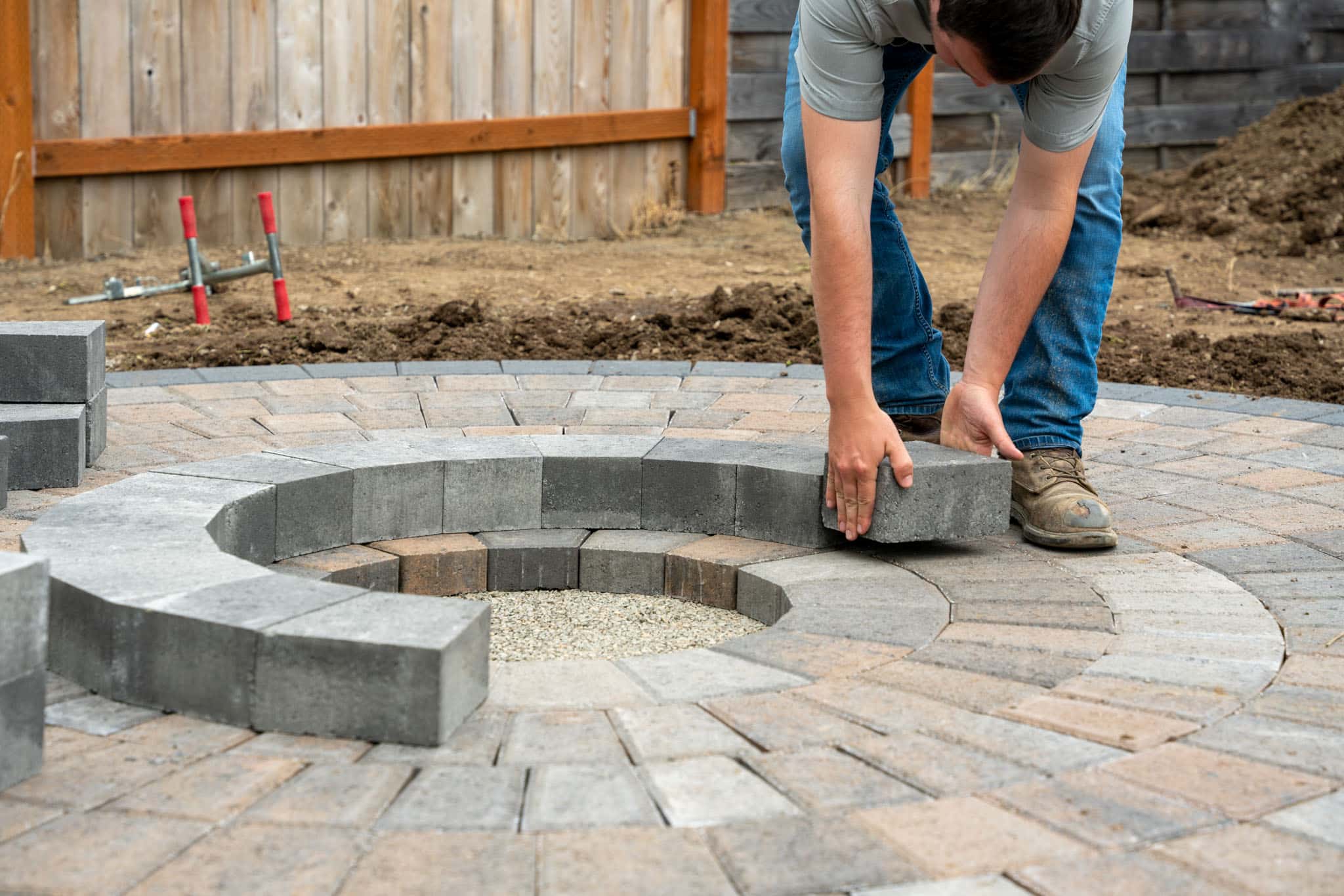
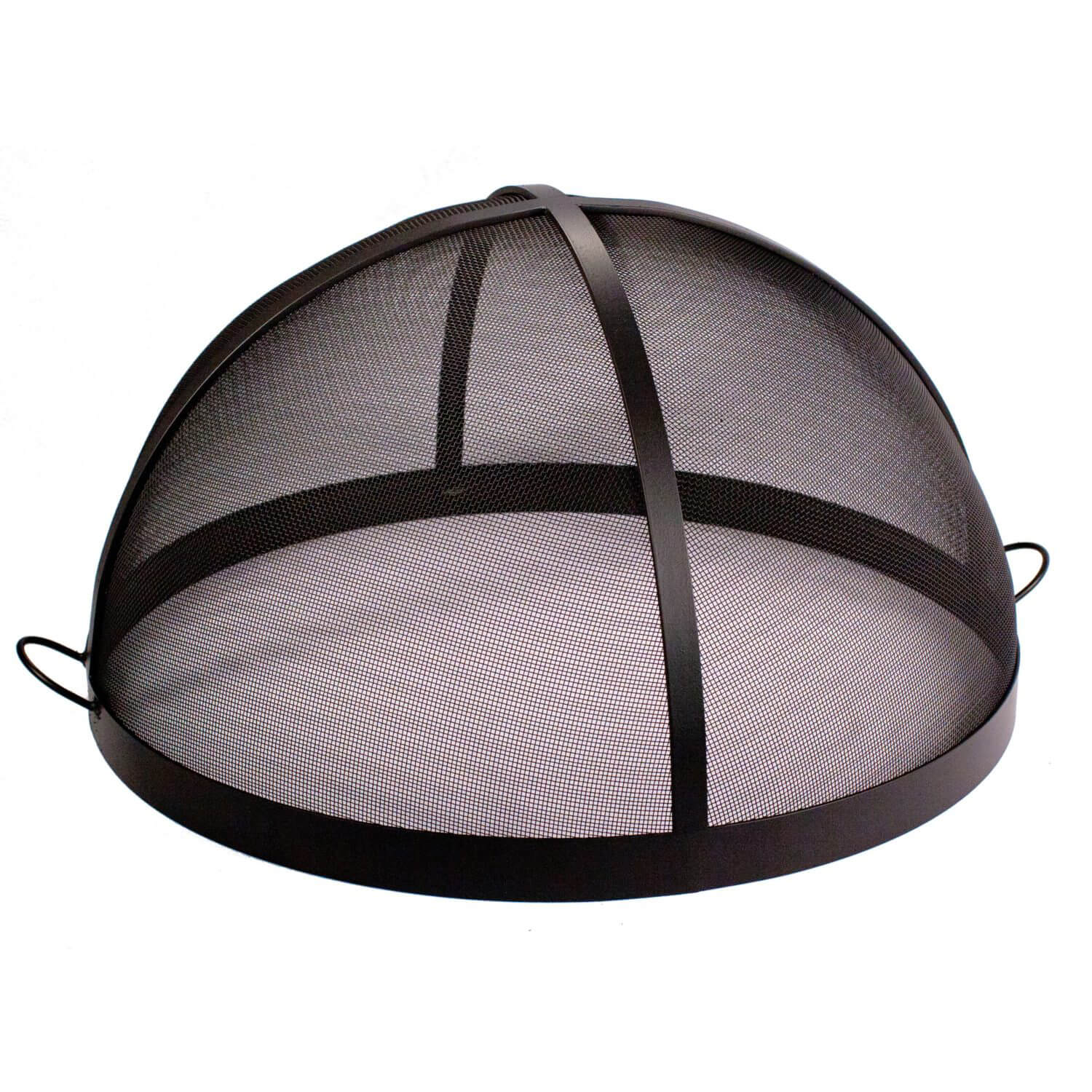
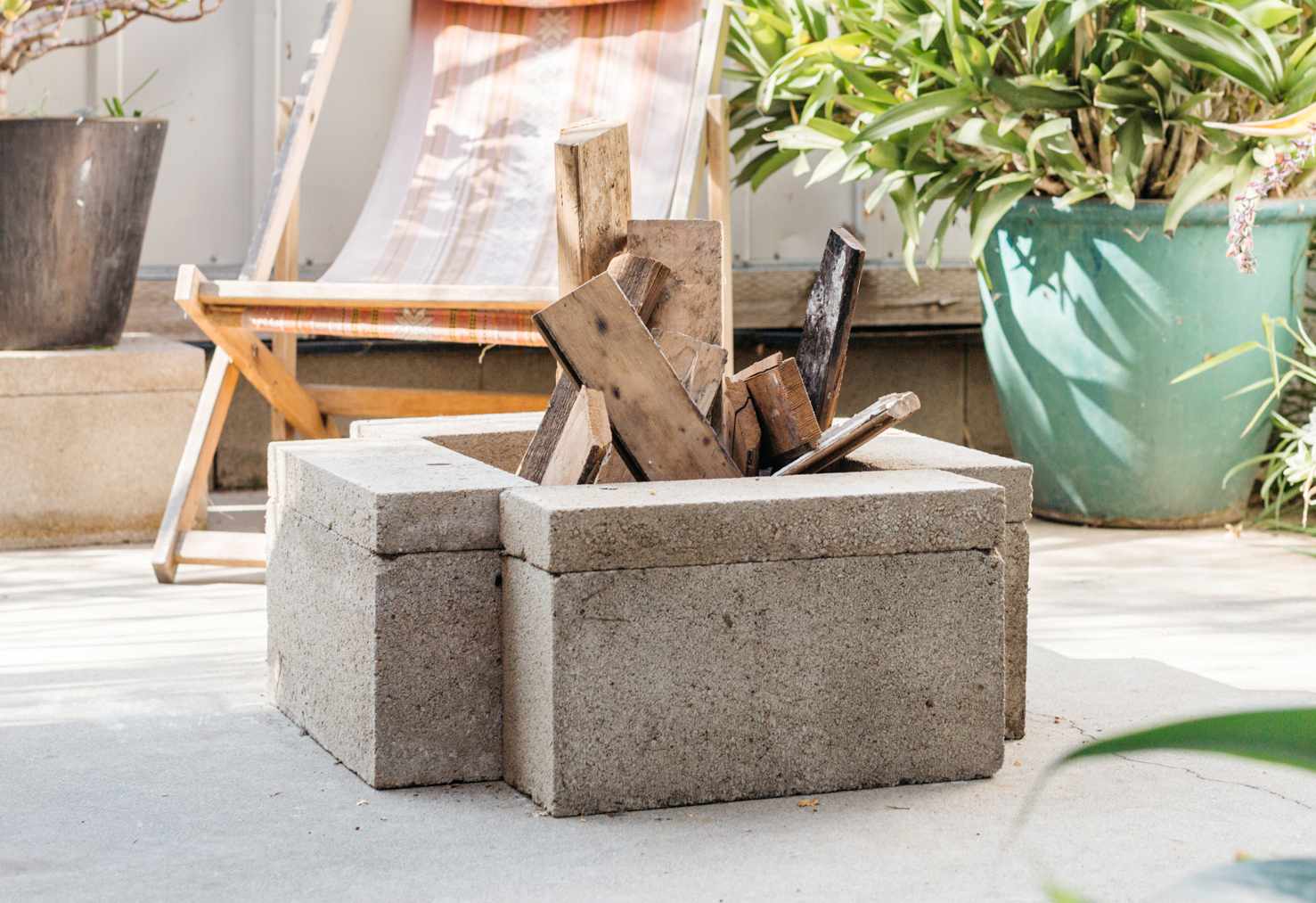
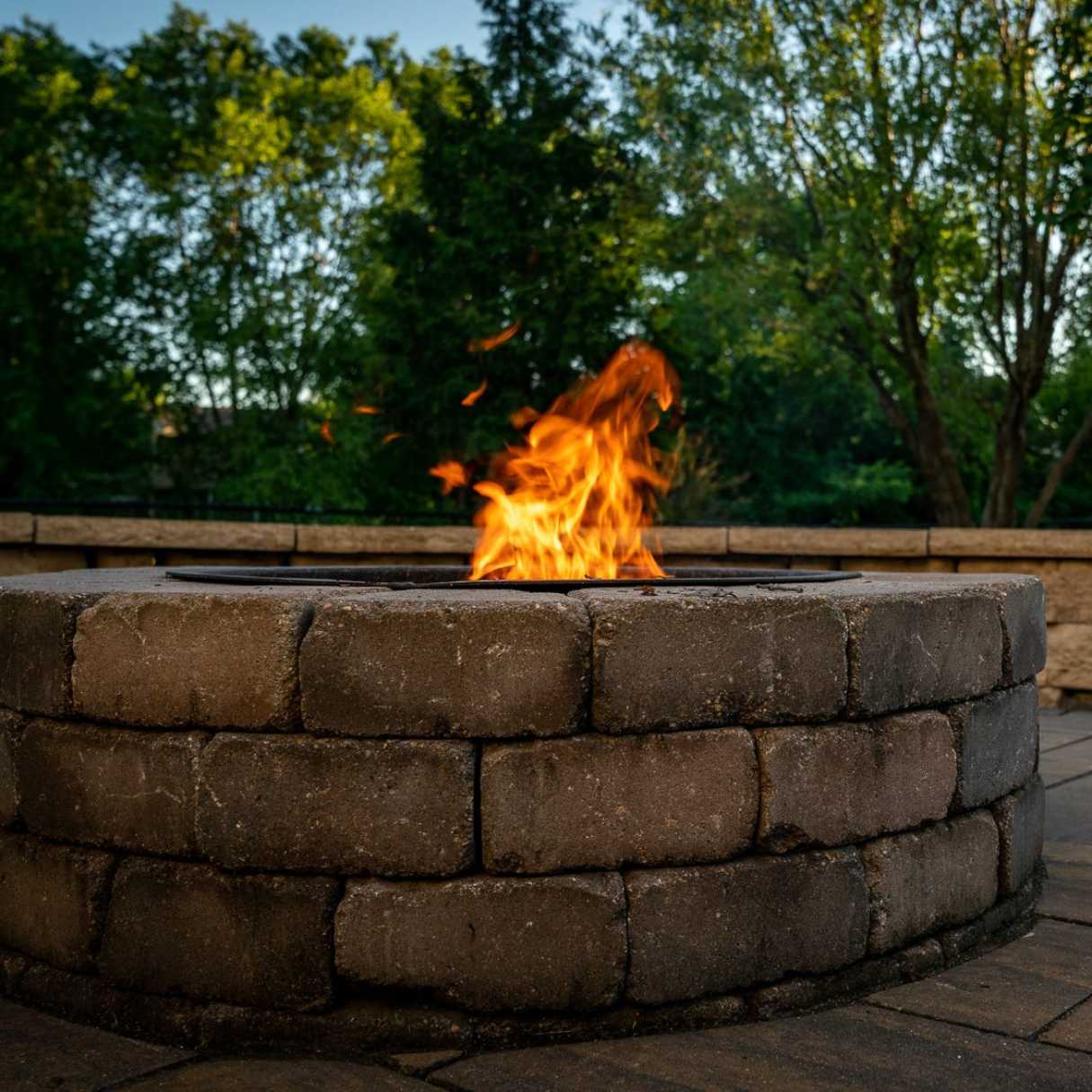
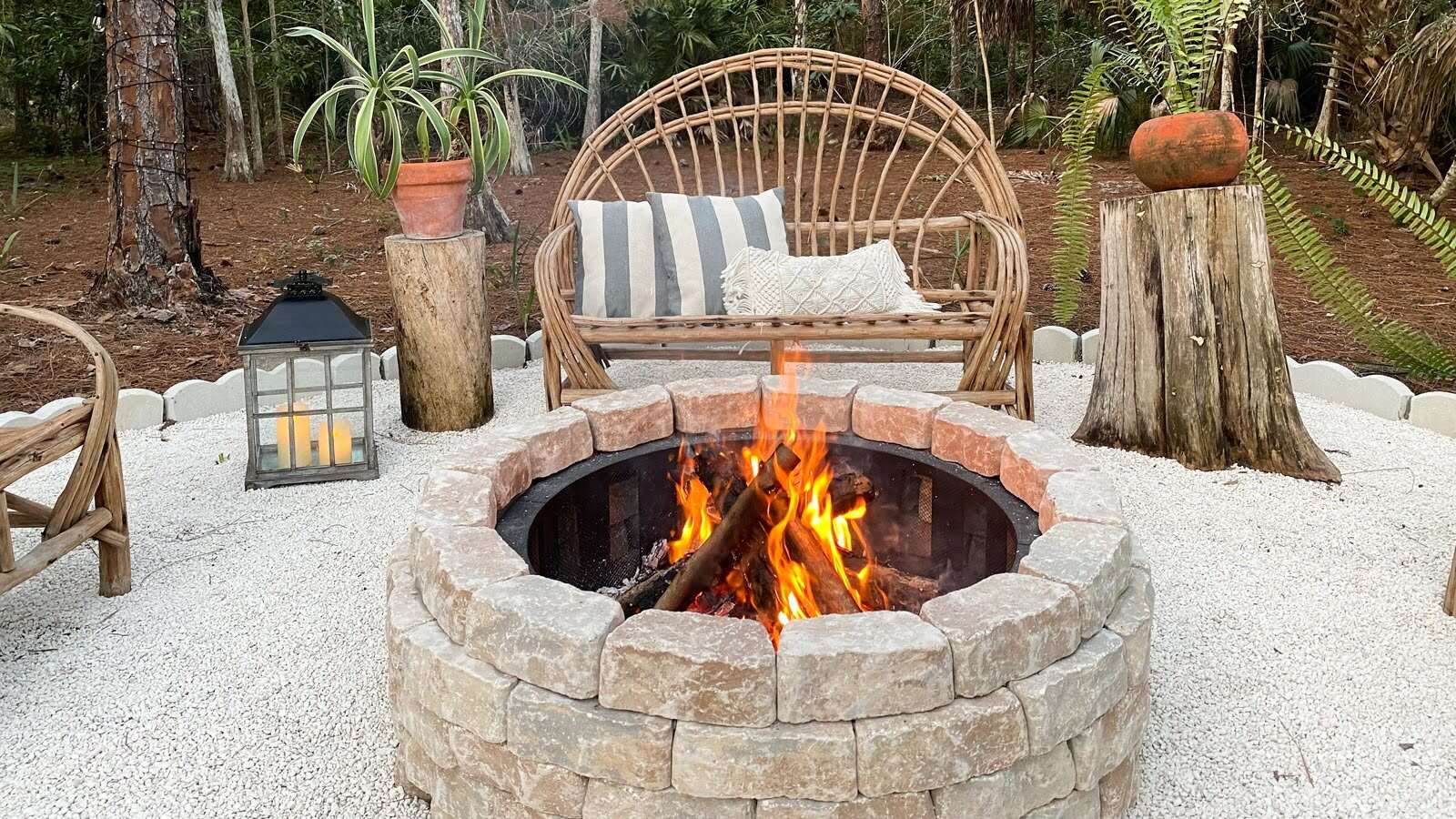
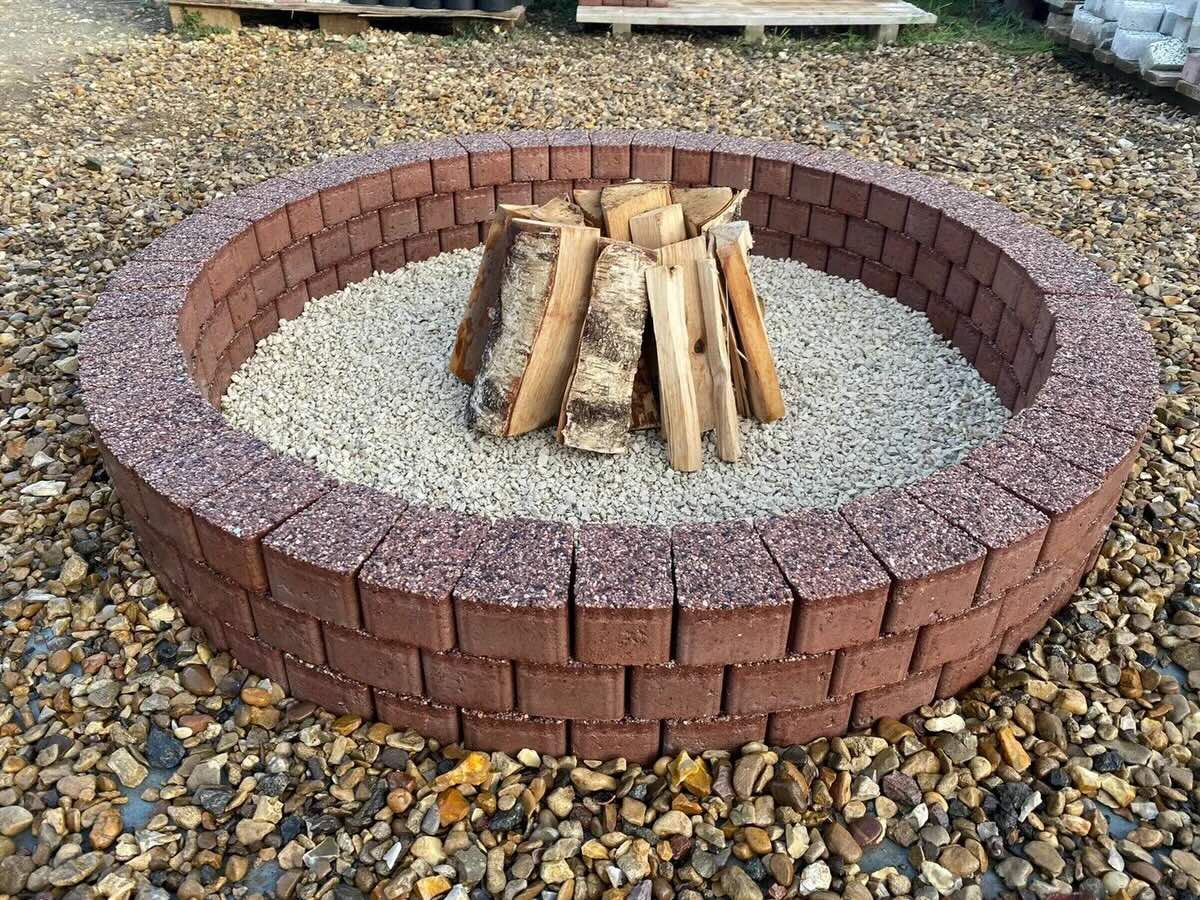
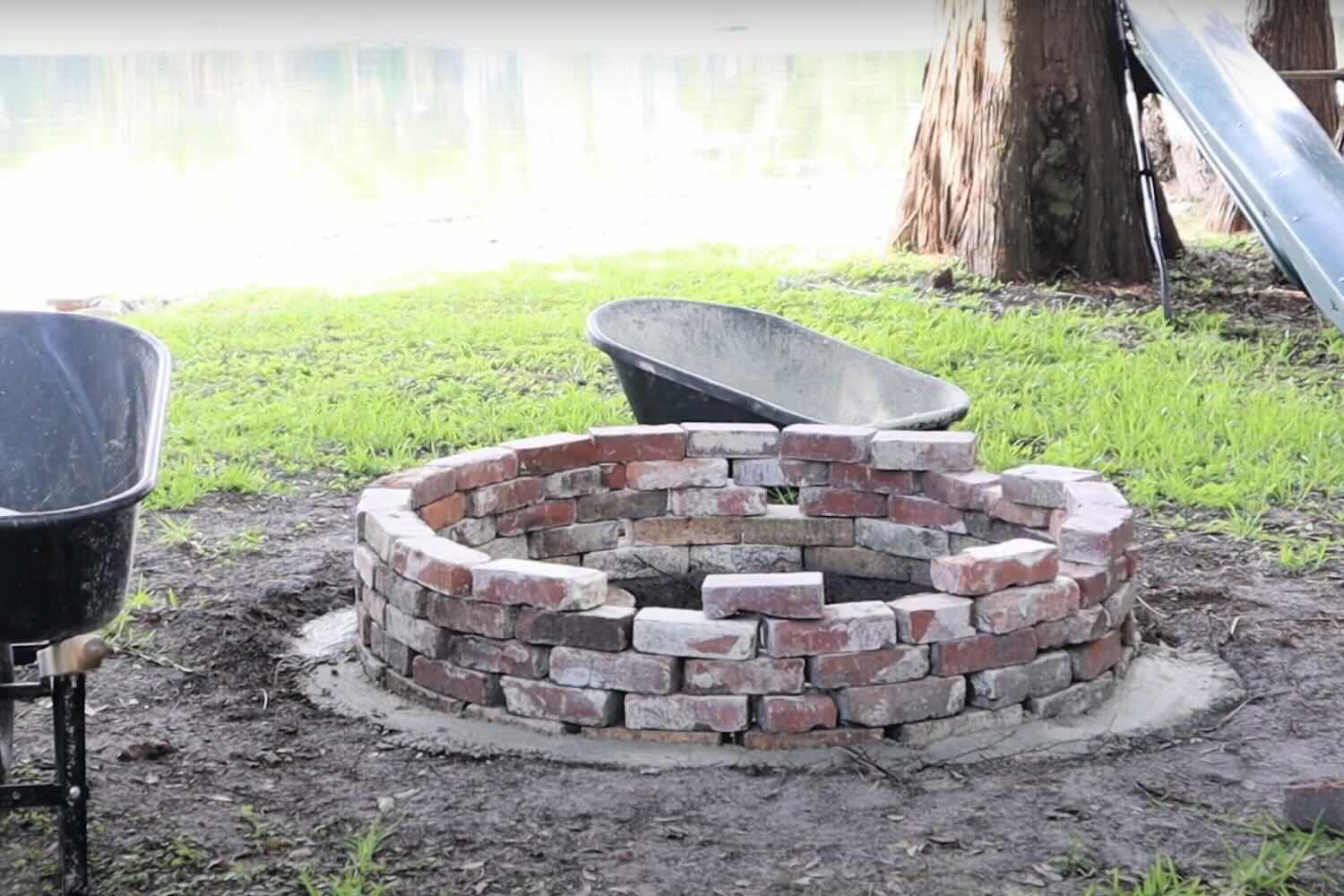

0 thoughts on “How To Make Gas Fire Pit Hotter”